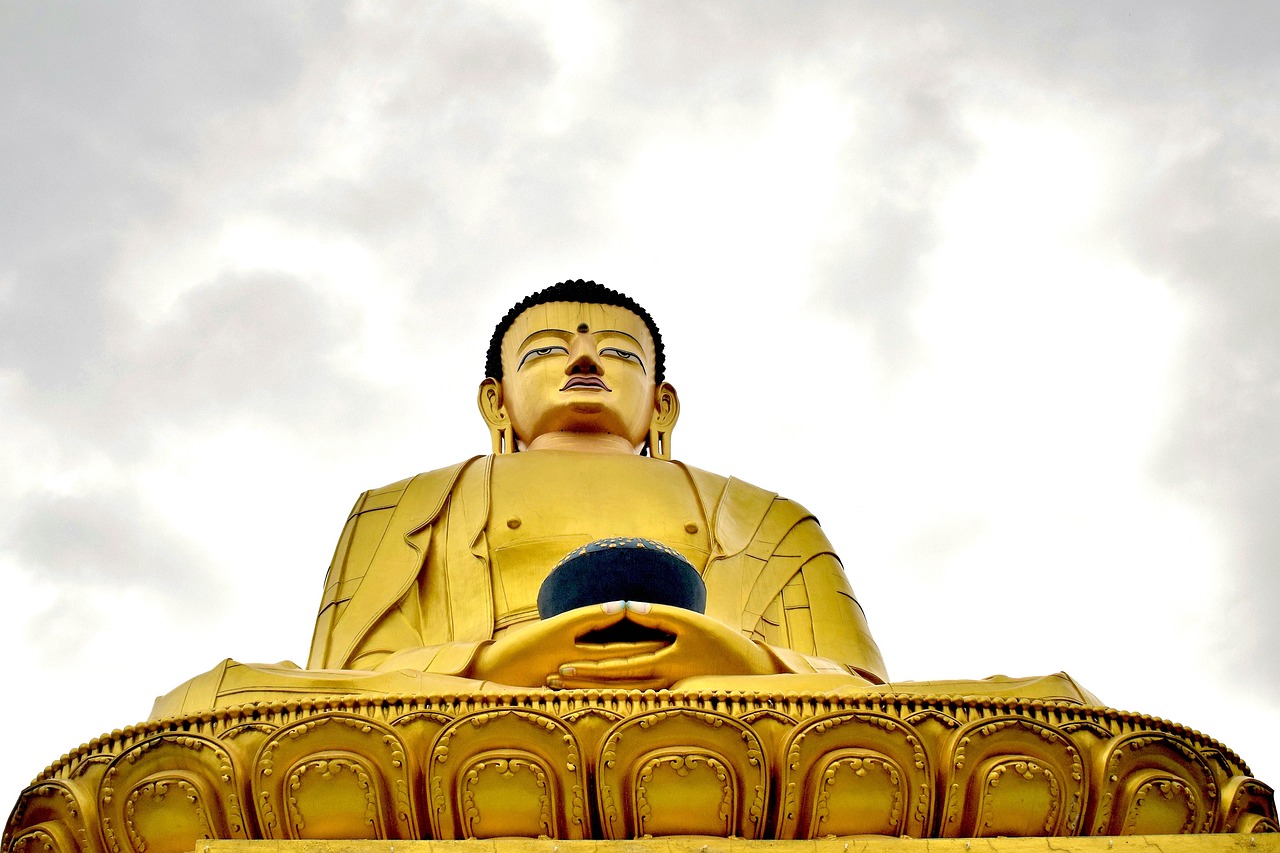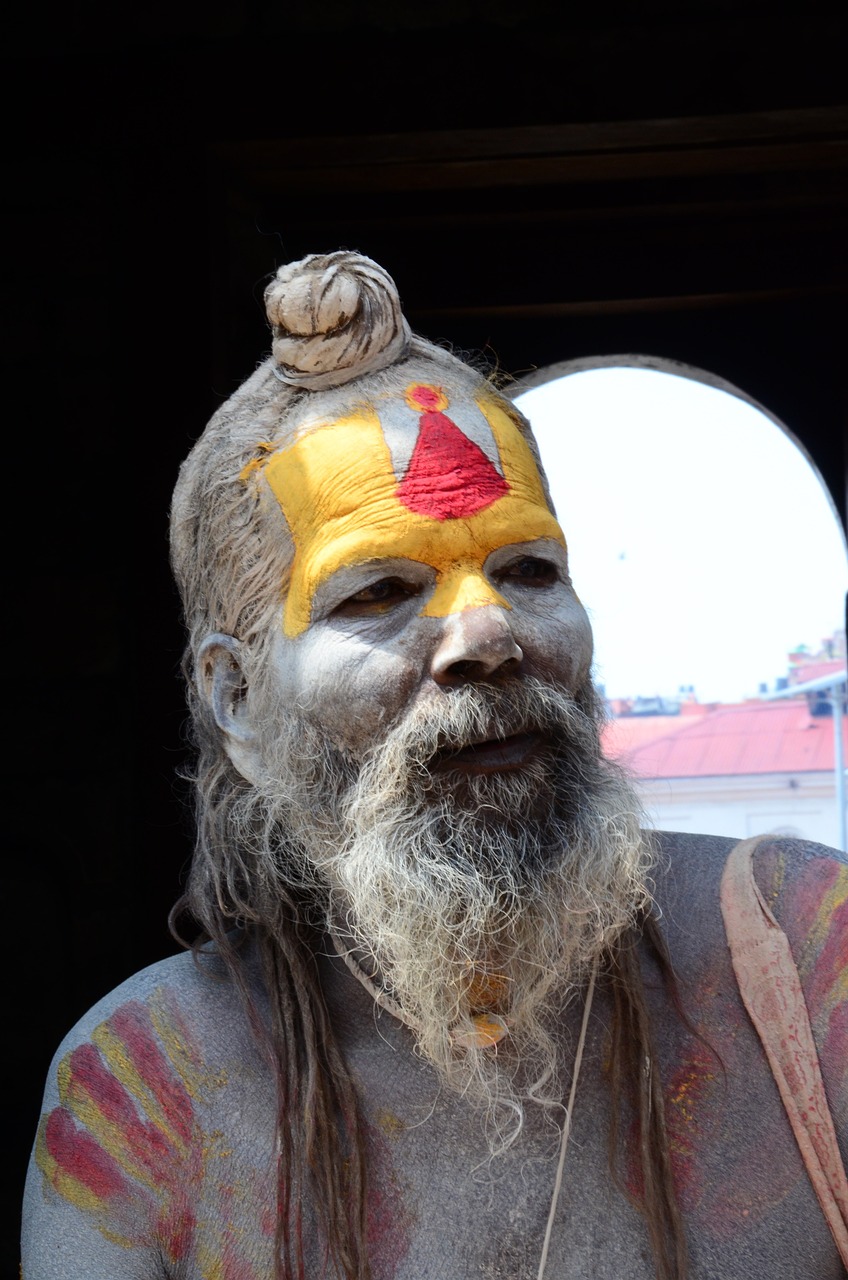Celebrating Global Festivals with Locals in Nepal
Nepal, a country nestled in the heart of the Himalayas, is known for its vibrant and diverse cultural heritage. The country celebrates numerous festivals throughout the year, giving visitors a unique opportunity to immerse themselves in local traditions and customs. Joining in the festivities alongside the friendly locals is an incredible way to experience the rich cultural tapestry of Nepal. In this article, we will explore some of the most significant festivals celebrated in Nepal and how you can celebrate them with the locals.
Tihar: The Festival of Lights
- Diyos and candles: During Tihar, the festival of lights, Nepali households are adorned with colorful diyos (oil lamps) and candles. These diyos symbolize the victory of light over darkness and are lit to welcome the goddess of wealth, Laxmi, into homes.
- Deusi Bhailo: One of the highlights of Tihar is the Deusi Bhailo tradition. Groups of young people go from house to house singing traditional songs and performing dances, spreading joy and receiving blessings from the homeowners.
- Feasting on sweets and delicacies: Tihar is also a time for indulging in delicious sweets and delicacies. Families prepare special meals, including sel roti (a sweet rice flour bread) and various types of homemade sweets.
Holi: The Festival of Colors
- Playing with vibrant colors: Holi, the festival of colors, is celebrated with great enthusiasm in Nepal. Locals and visitors alike come together to playfully throw vibrant colored powders and water at each other, symbolizing the triumph of good over evil.
- Traditional music and dance: Holi festivities are accompanied by traditional music and dance performances. People gather in public spaces and enjoy lively performances that showcase the rich cultural heritage of Nepal.
- Delicious treats: Holi is also a time to indulge in delicious treats. Gujiyas (sweet dumplings), malpuas (pancakes), and thandai (a refreshing drink made with milk, nuts, and spices) are some of the popular delicacies enjoyed during this festival.
Dashain: The Festival of Victory
- Worshiping the goddess Durga: Dashain is the biggest and most important festival in Nepal. It is dedicated to the goddess Durga, who is believed to have triumphed over evil. People visit temples to worship the goddess and seek her blessings.
- Flying kites: Dashain is also a time for flying kites. The sky becomes a colorful canvas as people of all ages gather in open spaces to fly kites of various shapes and sizes.
- Animal sacrifices: As part of the traditional rituals during Dashain, animal sacrifices are performed in some communities. This practice, although controversial, holds deep cultural and religious significance for many Nepalis.
Nepal Image 1:

Teej: The Festival of Women
- Fasting and dancing: Teej is a festival primarily celebrated by women in Nepal. Women observe a day-long fast and perform traditional dances called “teej geet” to honor the goddess Parvati, who is believed to bless married women with happy and prosperous lives.
- Red attire: During Teej, women dress in vibrant red attire and adorn themselves with beautiful jewelry. The color red symbolizes marital bliss and is considered auspicious during the festival.
- Swings and merry-go-rounds: Teej is also associated with swings and merry-go-rounds. Women gather in parks and open spaces to enjoy swings decorated with flowers and leaves, adding a joyful element to the celebrations.
Indra Jatra: The Festival of Indra
- Processions and masked dances: Indra Jatra is a lively festival celebrated in Kathmandu to honor the deity Indra, the king of gods and the god of rain. Colorful processions, traditional music, and masked dances known as “Lakhe” dances are the highlights of this festival.
- Unveiling of the “Yasingh” chariot: The festival also involves the unveiling of the “Yasingh” chariot, which is believed to be the vehicle of Indra. The chariot is pulled through the streets of Kathmandu amidst great fanfare and celebration.
- Living Goddess Kumari: During Indra Jatra, the Living Goddess Kumari, a young girl believed to be the incarnation of the goddess Taleju, makes a rare public appearance. She is carried in a palanquin and worshipped by devotees.
Nepal Image 2:

Bisket Jatra: The Festival of Bhaktapur
- Chariot pulling: Bisket Jatra is a vibrant festival celebrated in Bhaktapur, a city near Kathmandu. The festival involves pulling chariots through the streets, representing the deities Bhairav and Bhadrakali. The chariot pulling is a thrilling event that attracts locals and tourists alike.
- Traditional games: Bisket Jatra also features various traditional games and competitions. People participate in tug-of-war, pole climbing, and other exciting activities that showcase the strength and spirit of the community.
- Colorful processions: Colorful processions, accompanied by traditional music and dance, are an integral part of Bisket Jatra. The streets come alive with vibrant costumes, traditional musical instruments, and joyful celebrations.
Tihar: The Festival of Lights (Continued)
- Decoration with Rangoli: Another fascinating aspect of Tihar is the art of creating intricate rangoli designs. These colorful patterns are made using rice flour and are believed to bring good luck and prosperity.
- Worshiping animals: On one day of Tihar, known as Kukur Tihar, dogs are worshipped as a form of gratitude for their loyalty and companionship. Similarly, cows are worshipped on another day called Gai Tihar, as they are considered sacred in Hindu culture.
- Lighting up the city: During Tihar, the entire city of Kathmandu is illuminated with lights and decorations. The streets, temples, and homes sparkle with the warm glow of diyos and colorful lights, creating a magical atmosphere.
Nepal Image 3:

Teej: The Festival of Women (Continued)
- Traditional rituals: Teej is accompanied by various traditional rituals. Married women fast and pray for the well-being and longevity of their husbands, while unmarried women observe the fast to seek blessings for a good husband in the future.
- Exchanging gifts: Teej is also a time for exchanging gifts among women. Sisters, mothers, and daughters present each other with special items like clothes, jewelry, and sweets as a token of love and affection.
- Community gatherings: Community gatherings and cultural programs are organized during Teej. Women come together to sing and dance, showcasing their talents and celebrating the spirit of womanhood.
Conclusion
Nepal’s festivals offer a fascinating glimpse into the country’s rich cultural heritage. By celebrating these festivals with the locals, visitors can forge meaningful connections, gain a deeper understanding of Nepali traditions, and create lasting memories. Whether it’s joining in the colorful revelry of Holi or witnessing the grand processions of Dashain, participating in these festivals is an immersive experience like no other. So, plan your trip to Nepal during one of its festive seasons and embrace the joy, warmth, and cultural diversity that the country has to offer.
References
- Nepal Tourism Board: www.welcomenepal.com
- Cultural Treasures of Nepal: www.culturalnepal.org
- Myths and Legends of Nepal: www.nepalmystical.com


